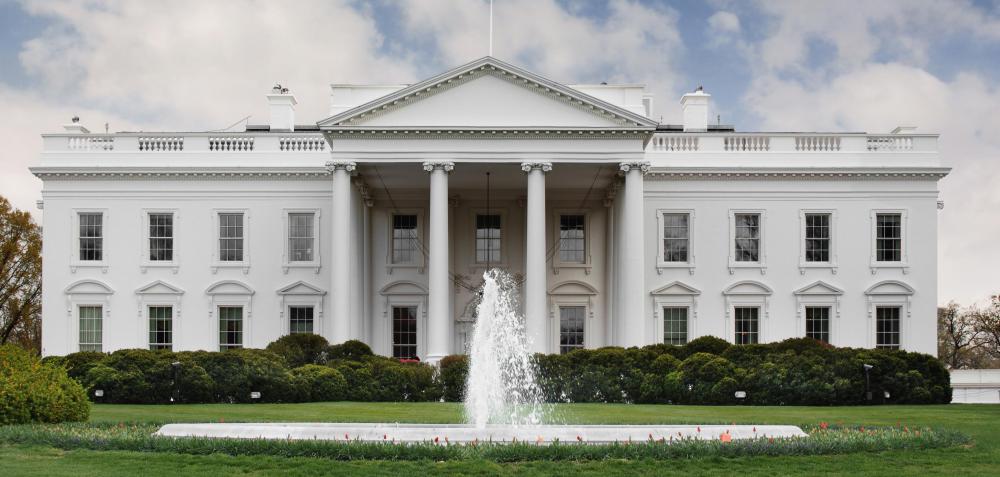At WiseGEEK, we're committed to delivering accurate, trustworthy information. Our expert-authored content is rigorously fact-checked and sourced from credible authorities. Discover how we uphold the highest standards in providing you with reliable knowledge.
What is the Troubled Asset Relief Program?
The Troubled Asset Relief Program, commonly pronounced and abbreviated as TARP, was the the first major effort by the U.S. government to stabilize the American economy in the wake of the economic collapse of 2007-2008. The collapse precipitated what has been called the Great Recession and the worst economic downturn in the U.S. since the Great Depression. The program, signed into law by President George W. Bush on October 3, 2008, under H.R. 1424, authorized the government to spend billions of dollars to buy up faulty mortgage-backed securities. By purchasing these so-called "troubled assets," the government hoped to provide financial stability and inject the market with a more fluid stream of credit. When referring to the financial bailout of this period, people are referring in large part to the Troubled Asset Relief Program.
In 2008, financial powerhouses that doled out insurance for home mortgages—in particular the The Federal National Mortgage Association, or Fannie Mae; the Federal Home Mortgage Corporation, or Freddie Mac; and American Insurance Group (AIG)—began to falter and collapse under the weight of faulty subprime mortgage loans. Subprime mortgages are riskier because they're given to borrowers with the least likelihood of being able to pay the loan back. In other words, borrowers with bad credit scores were being approved for loans by banks, who were insured against those loans by organizations such as Fannie Mae and Freddie Mac. The issue was made worse because those mortgage loans were then packaged into securities that investors could buy and sell.

When millions of homeowners couldn't make payments and defaulted on their loans it sparked a chain reaction of financial failure; the banks which made the loans faltered, the mortgage-backed securities tanked, and the financial powerhouses insuring those mortgages—and packaging them into securities—likewise suffered a blow of such catastrophic proportions that the federal government had to step in to prevent a depression-era collapse. The government did this by buying up faulty loans and mortgage-backed securities, with the hundreds of billions of dollars provided through the Troubled Asset Relief Program. Initially, the estimated cost of the bill was $700 billion US Dollars (USD), but over time the Congressional Budget Office (CBO) estimated the long-term costs at less than half of that. If the government had not stepped in, the banks would have been forced to drastically increase the cost of mortgage payments, and most economists believe the housing market would have collapsed far more than it ultimately did.

The Trouble Asset Relief Program led the U.S. government to literally acquire certain organizations, although the government expressed its intention to eventually sell the businesses back to private shareholders. Failing businesses such as American automaker General Motors (GM) were bought up by the government, for example. The businesses that received money from the Troubled Asset Relief Program were required by law to pay the money back, which they began doing as early as 2009. The program, and certain organizations that received money from it, came under heavy fire when companies such as AIG were discovered to be using some of the money to pay lavish bonuses to some of the very executives who had helped cause the economic turmoil.

The Troubled Asset Relief Program should not be confused with the Recovery Act, which was signed into law by President Barack Obama on February 17, 2009. The act allocated another $787 billion USD to invest in the American economy's recovery. Much of that money was used as a short-term stimulus, some of which was given in the form of personal checks to each American citizen, and other parts of it spread out to state governments and other financial structures that stood to benefit from an influx of liquid cash.
AS FEATURED ON:
AS FEATURED ON:













Discussion Comments
@Markerrag -- That is not completely true. The banks found responsible for those risky mortgages had to pay millions of dollars to help homeowners keep their houses and to help prop up the secondary mortgage market.
They were hit where it hurt -- right in the wallet.
@Logicfest -- I understand your point, but there are times when minimizing damage is just the right thing to do for the sake of the overall economy. TARP helped minimize that damage.
Having said that, the people who made the decisions to extend those risky, subprime mortgages shouldn't have gotten off the hook so easily. I don't have a problem with the government stepping in and helping avert an outright mortgage crisis, but I do have a problem with the fact the people responsible for it got a slap on the wrist.
@Soulfox -- Maybe we should have let them collapse. What TARP did was get a lot of bankers who made horribly irresponsible loans off the hook. Their mistakes should not have been dumped on the taxpayers. What motivation to bankers have for not engaging in such risky behavior in the future.
While a lot of people might argue that it is not the job of the federal government to bail out banks, TARP may have been necessary. If it weren't for that, we'd see credit for purchasing homes virtually frozen as the secondary mortgage market provides a lot of cash for that enterprise.
TARP looked like a bad idea on paper, but think of what could have happened had those loans been allowed to collapse.
Post your comments